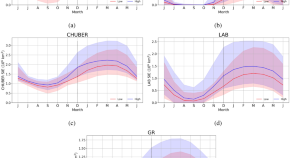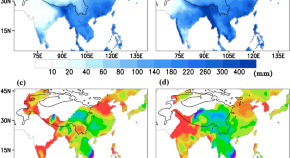Near-global summer circulation response to the spring surface temperature anomaly in Tibetan Plateau –– the GEWEX/LS4P first phase experiment
Authors (first, second and last of 40)

Collection
Yongkang Xue is the Distinguished Professor at the Department of Geography and the Department of Atmospheric & Oceanic Sciences, University of California, Los Angeles (UCLA). He studies land surface modeling, land/atmosphere/ocean interactions, climate variability, anomalies, and change, regional climate downscaling, and remote sensing. Using coupled land-surface/atmosphere models, he has conducted numerous sensitivity and prediction studies to investigate the impact of land-surface processes, including vegetation biophysical processes, land-cover and land use change, and land-surface parameters.
William K. M. Lau is a Senior Scientist at the Earth System Science Interdisciplinary Center (ESSIC), and Adjunct Professor, Department of Atmospheric and Oceanic Sciences, U. Of Maryland. He has over forty years of research expertise in climate variability and change, with focus on atmospheric dynamics, coupled ocean-atmosphere-land systems, aerosol-monsoon climate interaction, and precipitation extremes. He served as Director of the Laboratory for Atmospheres, NASA Goddard Space Flight Center (2005-2015), and president of the Atmosphere Division, American Geophysical Union (2015-16).
















